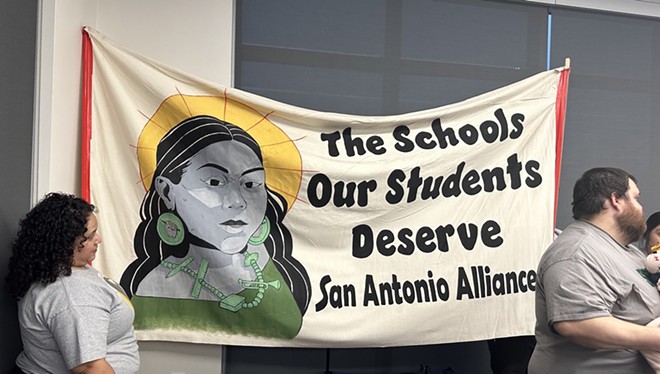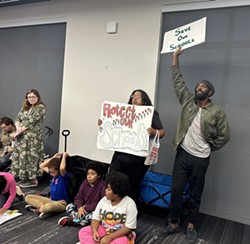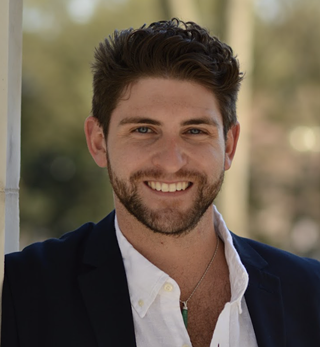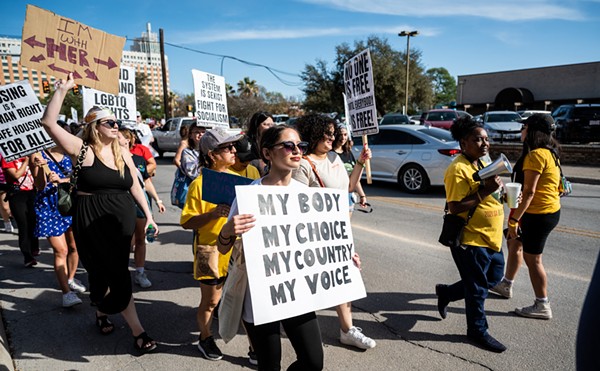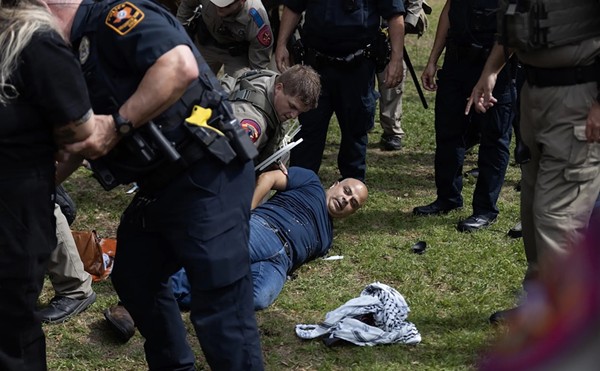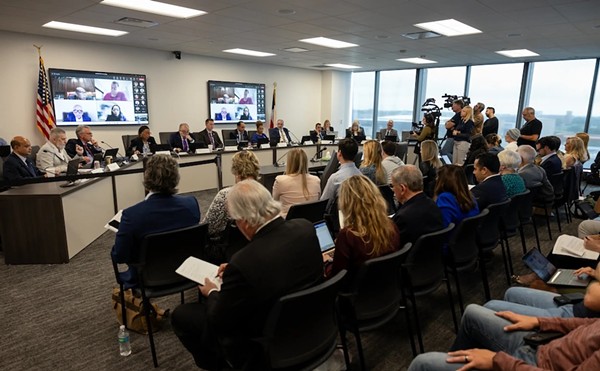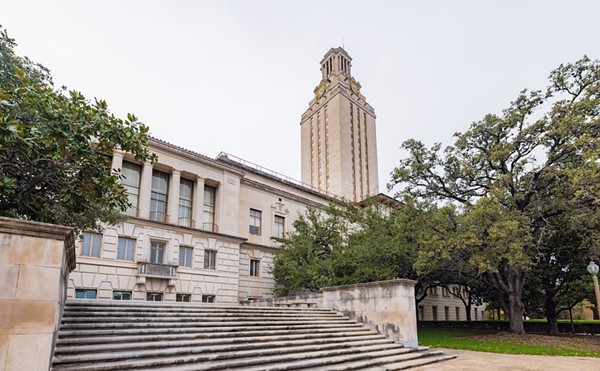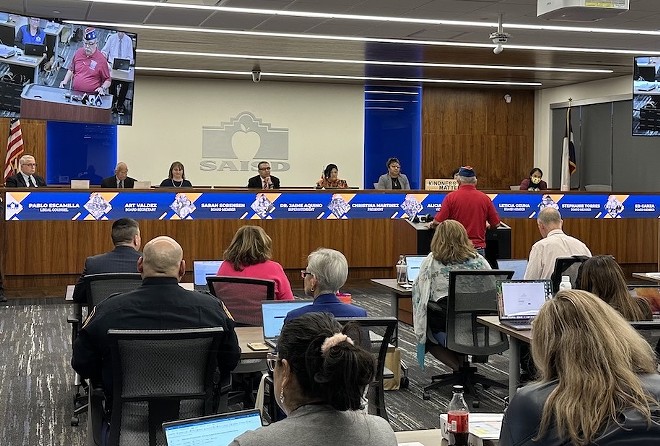
San Antonio Independent School District's Board of Trustees voted Nov. 13 to close 15 schools and merge others, despite an independent audit that said doing so would yield worse grades, poor attendance and lower test scores.
The board's 5-2 decision has prompted concern by parents, especially since the board members only had 72 hours to read the audit. Indeed, of 100 SAISD families surveyed by the audit's authors, the "majority experienced the rightsizing process as shocking, moving too quickly, and a 'done deal,'" according to the document.
Despite the quick pace of the process, SAISD Superintendent Jaime Aquino has repeatedly said the closures are necessary. The district's enrollment has dropped from 61,000 in 1998 to around 45,000 this year. Meanwhile, around 60% of SAISD students graduate lacking college readiness in English and math, according to the district.
Aquino argues that closing 16% of the district's campuses will create a more equitable district since resources will be distributed more evenly, improving student outcomes overall.
However, the audit report — created by SAISD at the request of the San Antonio Alliance of Teachers and Support Personnel and authored by a team of three academics — tells a different story. Instead of creating more equitable outcomes, school closures across the nation, including earlier rounds by SAISD, "did not yield better educational equity of outcomes," the analysis states.
A team of three academics led by Terrence L. Green, an associate professor at the Department of Educational Leadership and Policy at the University of Texas in Austin, authored the Equity Audit of SAISD's Right Sizing Process.
Even though the teacher's union requested the audit when the district this summer announced plans to consider school closures, Green and his team were given only three weeks to complete the report before the November meeting.
"Typically, an equity audit can take between 6-9 months or even an academic year," Green stated in the report.
During the Nov. 13 board meeting, concerned parents blamed the time crunch on SAISD's drawn-out process of signing a contract with Green.
Members from the San Antonio Alliance first met with Green about the report on July 17. However, Aquino didn't sit down with Green until a month later to discuss the project and review the proposal, according to the district. SAISD and Green began negotiating Aug. 14 on a "three-phase, one-year contract," a district spokesperson told the Current in their emailed statement.
That contract wasn't finalized until Oct. 13, giving Green and his team only 30 days to complete the audit. What's more, the report was finalized at 6 p.m. on Nov. 10 — 72 hours before the crucial vote.
"The reason that our union and our coalition requested the report in the spring is because we knew the information that was going to be generated by it needed to inform the decisions that are being made," San Antonio Alliance President Alejandra Lopez said at the November board meeting. "I think that the board needs to do its due diligence and pause this process so that they can grapple with what's in [the report]."
During that gathering, SAISD Board member Sarah Sorensen, an outspoken critic of the school-closure proposal, told colleagues the process was moving too fast. Prior to the vote, she tried to introduce two amendments to save some of the schools slated for closure. Both failed.
"I feel like we just sat through a bunch of questions that should have been asked in July and not the night of the vote, which just reiterates my point that this process was rushed, completed before key data was available, like the audit," Sorensen said.
The Audit
During the evaluation process, district officials have said the "rightsizing process" would help alleviate problems with student performance.
However, Green's audit found that students affected by SAISD's 2015 closures of Steele and White elementary schools had worse grades, attendance, and test scores than their peers who didn't experience a school closure. Students who were in the 3rd and 4th grades when those schools closed had worse grades than their peers at the receiving school for two years following the shuttering of their original campuses. What's more, it took them until the 8th grade on average to catch up, according to the audit.
Those in the 5th grade at the time of the school closures never recovered grade-wise during that period, earning lower grades on average during the three years following the campus closure compared to their peers who never experienced a school closure.
When it came to STAAR test scores, students in the 3rd and 4th grades at the time of the closure scored 75 points lower on average on the reading comprehension section by the time they were in 8th grade, according to the audit. Those in 5th grade scored 100 points lower on average by that time.
During the Nov. 13 meeting, Green told board members in the historical cases analyzed in the audit, including those in Chicago, Detroit and Washington, D.C., the only time school closures resulted in better student outcomes was when the students were sent to "higher-performing" campuses.
"The problem oftentimes is that those schools, geographically — because of decades of redlining and structural racism — [are] so far apart, and that often never happens," Green said of SAISD's plans. "In the case here in San Antonio, our data would suggest that students go to comparable schools at best."
Funding dispute
At the meeting, Aquino continued to dispute Green's findings.
The superintendent questioned whether Green had ever examined the process under which SAISD planned to decide on its current round of closures. He argued that prior SAISD boards and administrators oversaw the 2015 shutdowns, appearing to insinuate that he and the current group of trustees could achieve different outcomes.
"Your study, like most scholarship around school closures, has not focused on the quality of the school board, how would they do [the closures], what are their support systems, what did they do before," Aquino said.
Green admitted there's been little research on how other districts across the nation proceeded with closing schools and the type of support systems they offer to students.
"I have not studied that implementation, and hopefully we can study that here," Green said. "But regardless of the implementation, I think the data is pretty clear on what the impacts are unless they go to particular [schools]," the professor added.
Green also took issue with Aquino's claim that closing schools would be an effective cost-saving measure for the district.
Green and his colleagues found that SAISD's pending closures could yield $47.7 million for distribution to the surviving campuses. However, the professor warned that a slew of variables could prevent schools from ever seeing those funds.
Of the 100 parents surveyed for the report, 70% said that if their child's campus
closed, they would pull the child from SAISD, resulting in less money for the district. Many teachers also said they would leave the district if their school closed, Green added.
Even if every student affected by a closure remains in the district and funds were distributed evenly between the remaining schools, there's no guarantee that that money would be distributed evenly amongst students, the professor also maintained.
"So, yes, [SAISD schools] will receive more funds based off of what we projected," Green said at the meeting. "However, in our projections, it would suggest that there actually would be around 600-plus more students going to receiving schools, which would create some unintended consequences."
Some of those consequences include larger class sizes, Green added.
"There's nothing magical about being in a place that may have more resources, if the resources are not distributed equitably," Green said.
Green added that most parents surveyed as part of the audit understood the challenges that the district was facing. However, many felt burned by how the process was handled, feeling as though the district was deceptive and lacking transparency — a claim Aquino has publicly disputed.
Time — and future SAISD student outcomes — will suggest whether Aquino or Green is right.
Subscribe to SA Current newsletters.
Follow us: Apple News | Google News | NewsBreak | Reddit | Instagram | Facebook | Twitter| Or sign up for our RSS Feed

